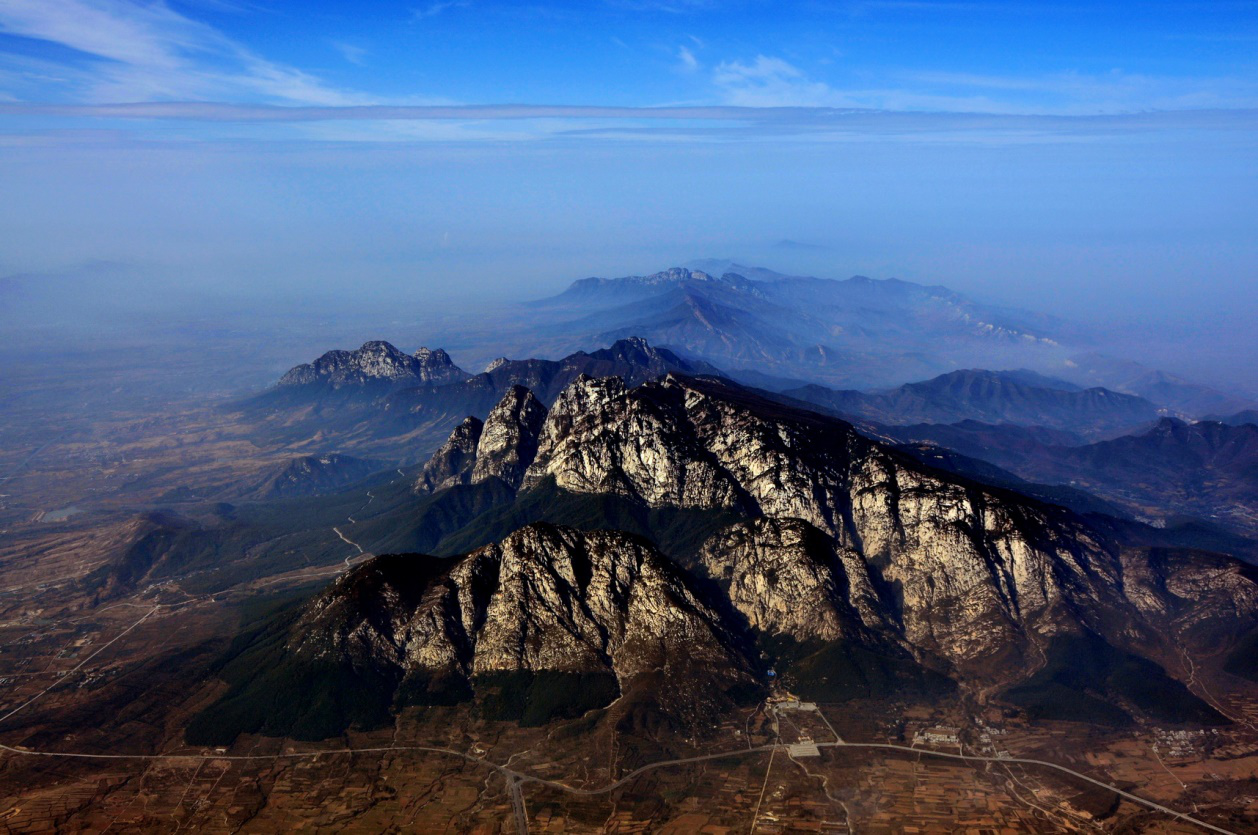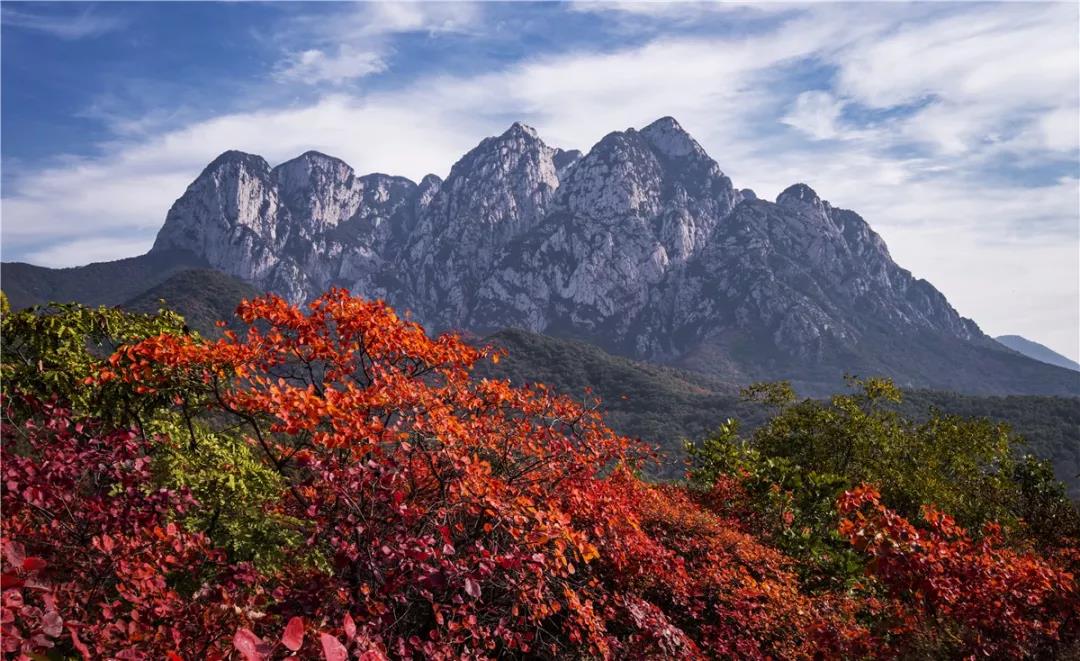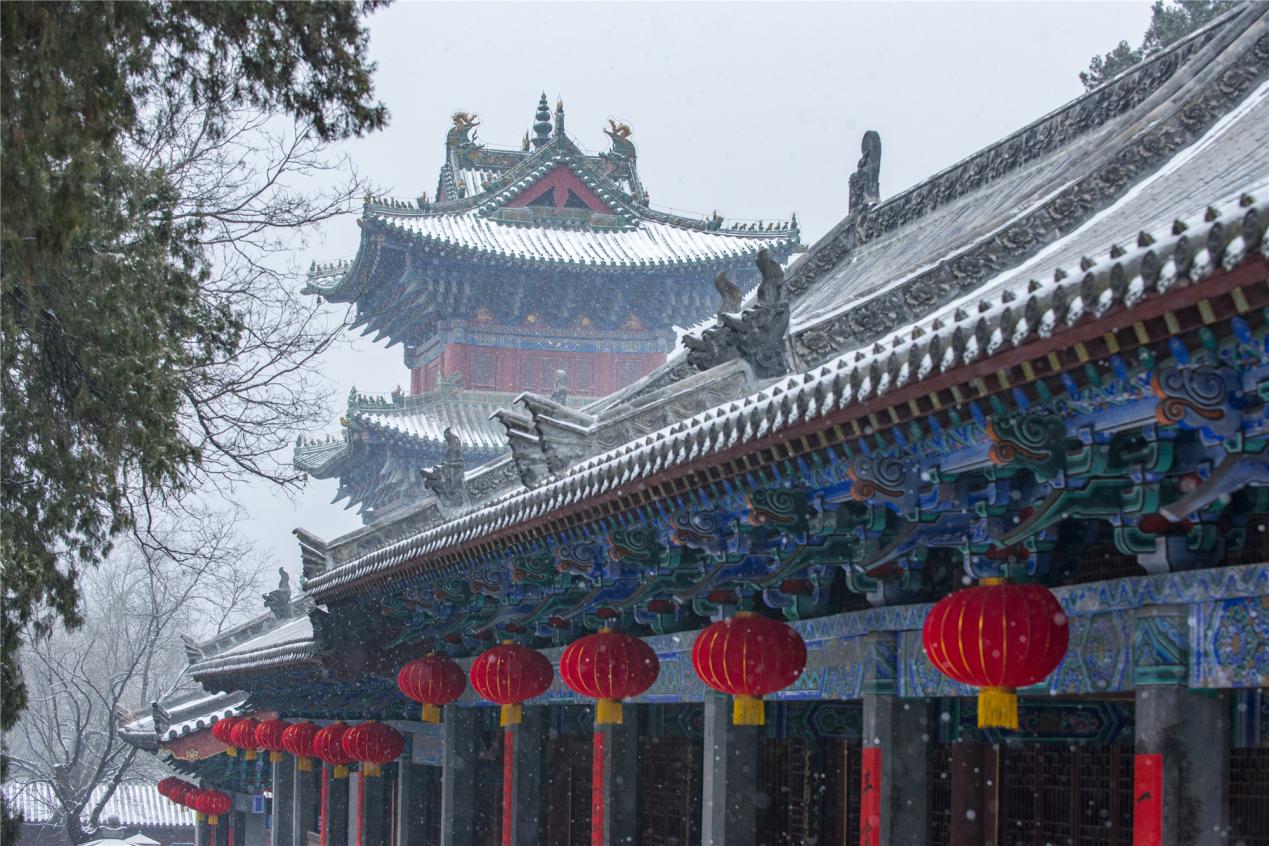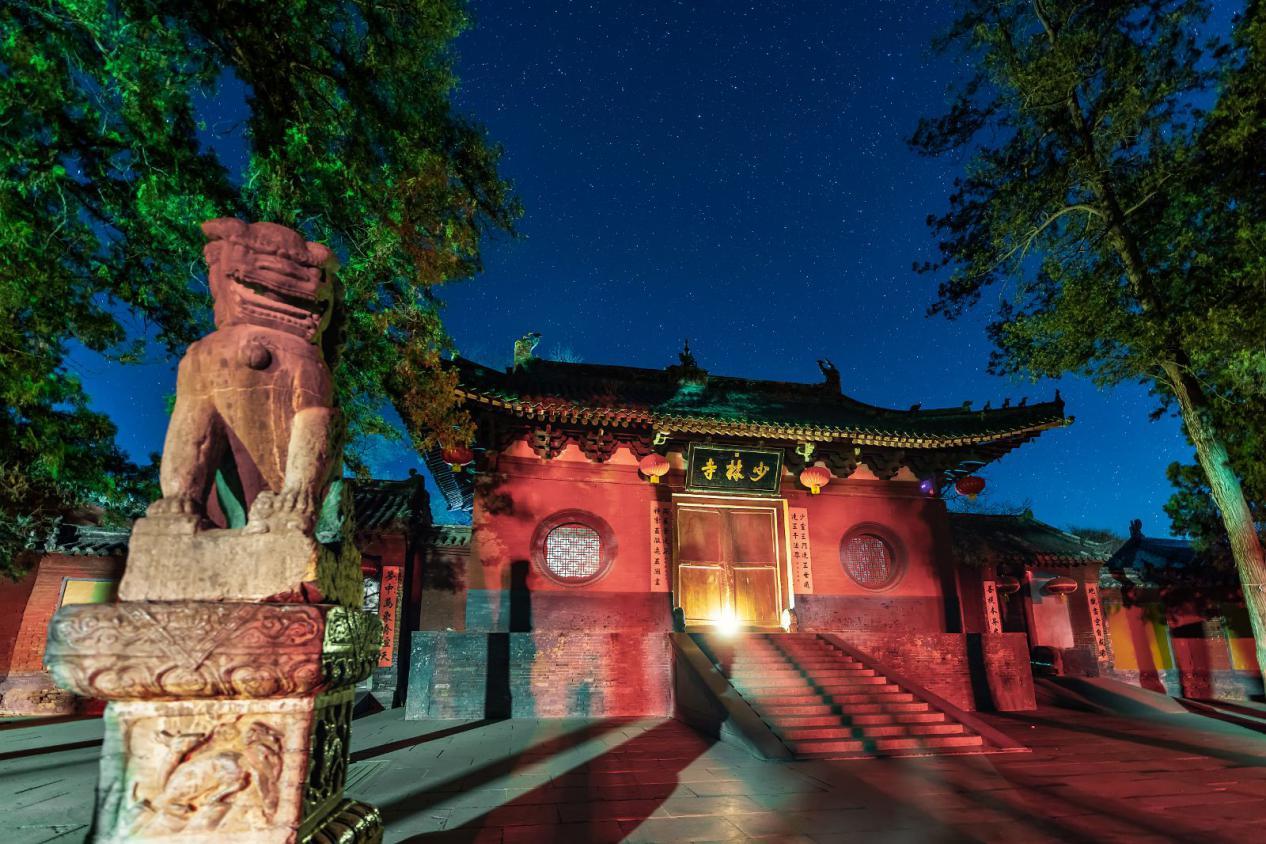Mount Song, located in Dengfeng, Henan Province, is one of China's most significant historical, cultural, and natural landmarks. As one of the Five Great Mountains of China (五岳), it holds a special place in both Taoism and Buddhism, drawing pilgrims, scholars, and tourists alike. Its majestic landscapes and deep cultural significance make Mount Song a unique blend of nature and history that resonates with visitors from around the world.

1. Geographic Location and Natural Beauty
Mount Song covers an area of approximately 450 square kilometers and stands tall with its highest peak, Junji Peak, reaching 1,491.7 meters. The mountain's terrain is varied, featuring rugged cliffs, deep valleys, and a lush forested environment. Its geological structure is unique, consisting of ancient rock formations that provide insight into Earth's geological history. The temperate climate and abundant rainfall create ideal conditions for diverse plant and animal species, making Mount Song an ecological haven.
The mountain is often shrouded in mist, adding a mystical quality to its already awe-inspiring landscape. Visitors can hike along scenic trails, where they can witness cascading waterfalls, verdant vegetation, and panoramic views of the surrounding countryside. In spring, the mountain comes alive with blooming flowers, while autumn transforms it into a canvas of fiery red and golden hues.
2. Historical Significance and Cultural Heritage
Mount Song’s cultural importance dates back thousands of years. It has been a center of religious activity for both Taoism and Buddhism, with numerous temples, pagodas, and ancient structures scattered across its slopes. Among these, the Shaolin Temple is perhaps the most famous, not only for its role as a Buddhist monastery but also as the birthplace of Shaolin Kung Fu. Founded in the 5th century, the temple has become synonymous with martial arts and spiritual practice, attracting martial arts enthusiasts from around the globe.
Another key site is the Zhongyue Temple, dedicated to the god of Mount Song and Taoist deities. With a history spanning over 2,000 years, it is one of the oldest and most revered Taoist temples in China. The temple complex contains ancient relics, inscriptions, and statues that offer a glimpse into Taoist beliefs and practices.
In addition to its religious heritage, Mount Song has been home to countless scholars, poets, and philosophers throughout Chinese history. Many emperors and intellectuals visited the mountain, leaving behind writings, poems, and inscriptions that reflect their reverence for this sacred site.

3. UNESCO World Heritage Site and Archaeological Wonders
In 2010, Mount Song, along with the surrounding historical buildings, was recognized as a UNESCO World Heritage Site. The region is not only significant for its religious and cultural landmarks but also for its extraordinary architectural achievements. The Songyue Pagoda, built in 523 AD, is one of the earliest surviving brick pagodas in China, showcasing the evolution of Buddhist architecture. Its distinct cylindrical shape and intricate designs make it a masterpiece of ancient construction.
The Pagoda Forest near Shaolin Temple is another remarkable site, consisting of over 240 stone pagodas that serve as tombs for notable monks. Each pagoda is uniquely designed, reflecting the status and achievements of the individuals buried there. The forest is a symbol of the enduring spiritual and cultural legacy of the Shaolin monks.
Moreover, the Gaocheng Astronomical Observatory, one of the oldest astronomical sites in China, stands at the foot of Mount Song. Built during the Yuan Dynasty (1271–1368), the observatory was used to measure celestial events and contributed to the development of ancient Chinese astronomy.

4. Spiritual and Philosophical Significance
Mount Song has long been considered a spiritual retreat for those seeking enlightenment, tranquility, and self-cultivation. Taoists and Buddhists alike view the mountain as a place where the spiritual and physical worlds intersect. The Taoist concept of harmony between humans and nature is reflected in the mountain’s serene environment, while Buddhists believe that the mountain's isolation provides an ideal setting for meditation and reflection.
The mountain is also associated with Confucian philosophy, particularly during the Tang and Song dynasties when scholars came to Mount Song to engage in philosophical discussions. It is seen as a place of learning, self-cultivation, and the pursuit of wisdom.
5. Mount Song in Modern Times
Today, Mount Song continues to be a destination for tourists, hikers, and spiritual seekers from around the world. The fusion of natural beauty, cultural heritage, and spiritual significance makes it a unique destination that offers something for everyone. In recent years, efforts have been made to preserve the mountain’s historical sites and protect its natural environment, ensuring that future generations can continue to experience its wonders.
In addition to its historical and cultural appeal, Mount Song has also become a symbol of Chinese martial arts. The Shaolin Temple regularly hosts martial arts performances and training programs, allowing visitors to witness the skills and discipline of Shaolin monks firsthand. The annual Shaolin International Martial Arts Festival attracts participants from across the globe, further cementing Mount Song’s status as a center of martial arts culture.

Conclusion
Mount Song stands as a symbol of China’s rich cultural and spiritual heritage, as well as its breathtaking natural beauty. Its historical landmarks, religious significance, and natural wonders make it a destination of great interest for scholars, spiritual practitioners, and nature lovers alike. As one of China’s Five Great Mountains, Mount Song will continue to inspire awe and reverence for generations to come, representing the harmonious union of nature, history, and culture.



